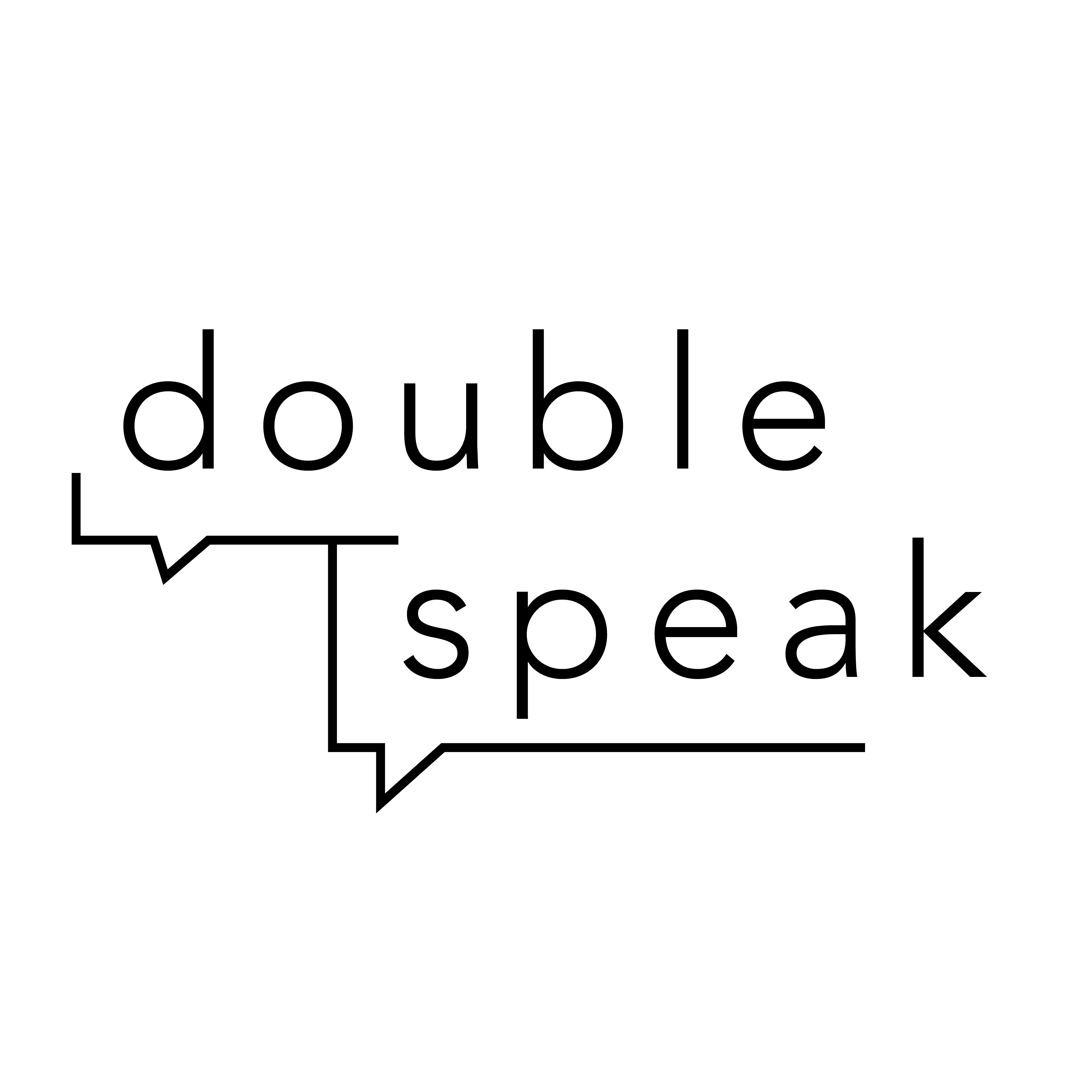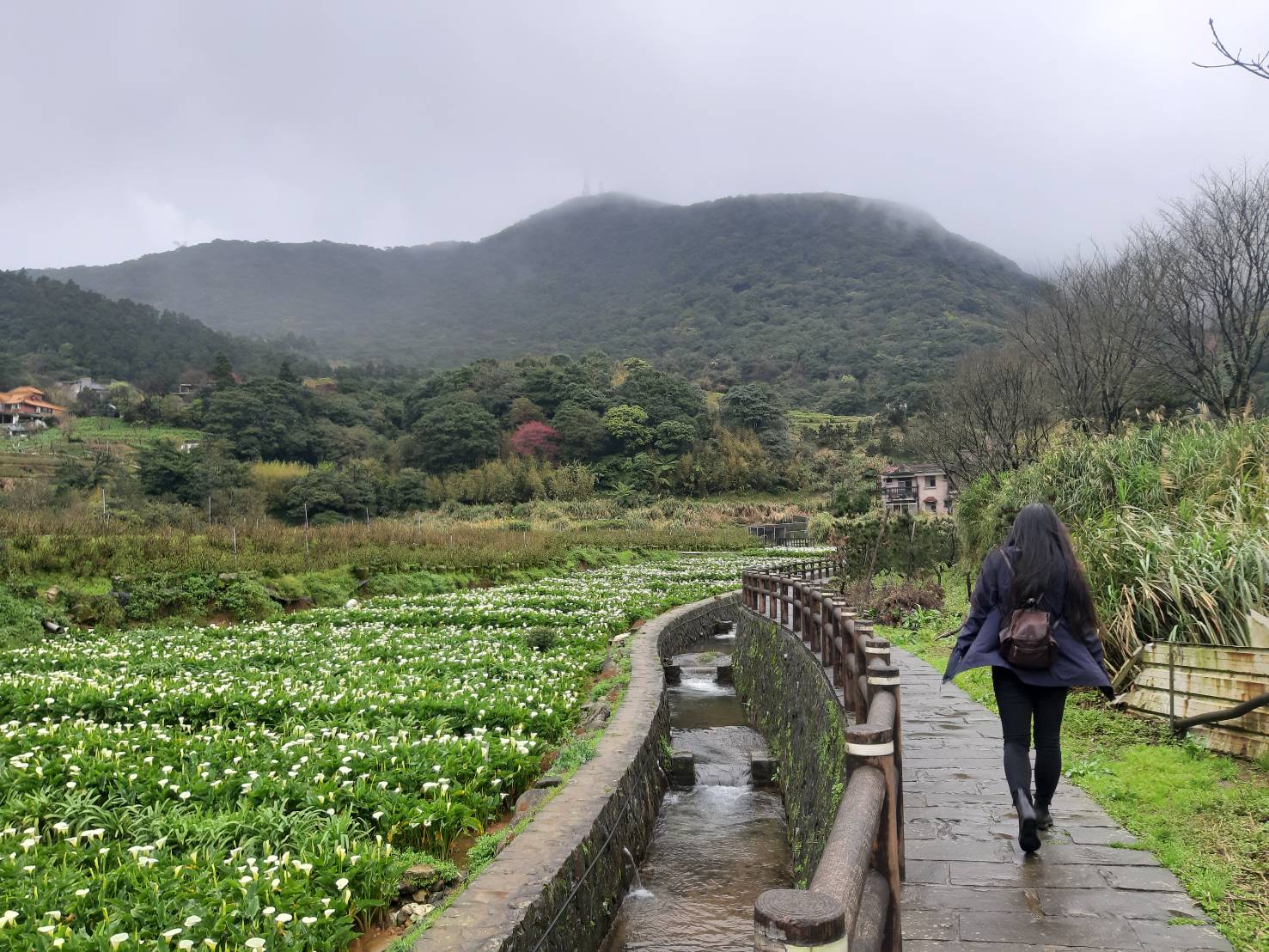

As a heritage speaker, I can easily navigate nonchalant conversations about the usual suspects: the frigid nature of gray Philadelphia winters, the heinous pile of chemistry homework that awaits me, the satisfying taste of my morning Metropolitan Bakery bagel, and the like. It is usually the pretentious, sophisticated words that elude me. Though reading and writing Hindi at a fourth-grade level and being conversationally fluent may seem like a masterful feat, I struggle to maintain conversations with my own flesh and blood. I wish to discuss politics with my relatives; I want to empathize with their emotions; I hope to understand their life histories. While my thoughts and abilities to express myself in English have grown from a liberal arts college education, my Hindi lags far…far behind. As my mind races ahead and the conversation continues forth, my lips are still floundering to summon seemingly simple words. My vocabulary precludes me, and those opportunities to connect remain far out of reach.
Beyond seeking deeper connections through conversation, there is also the matter of discussion topics riddled with taboo. Communicating about uncomfortable subjects is difficult enough in one’s native tongue, so how does a second-generation Indian American girl who has just lost her virginity ask her mom about “emergency contraception”? How does a prepubescent Sikh boy discovering his sexuality question “masturbation” in Punjabi? If I struggle to remember the Hindi translations for “government” or “calendar,” how can I possibly conjure a translation for “intimacy” or “consent”? To this day, I have not heard anyone say the Hindi word for “sex.” Translations aside, do certain words even exist? What is “lesbian” or “orgasm” or “foreplay”? I could not tell you, nor do I feel comfortable asking the people in my life who could perhaps enlighten me.
Delving into this notion further, what does this mean for the cultural phenomenon colloquially known as the “sex talk”? Parents brought up in the United States awkwardly struggle to teach their children about puberty and sex — or some abstain from it altogether and allow school systems to handle the task — but at least there is a shared language between parent and child that confers some level of openness to sexual communication channels. Even if it is not discussed, American television shows, films, books, and social media tell us about cherries popping and sixty-nining. These are words I can put to paper, and regardless of how squeamish they may make the reader, the concept is understood. How does a Muslim American girl tell her immigrant mother she had premarital sex and discovered she has a pelvic floor disorder requiring gynecologic therapy? How does a Tamil American boy still on his parents’ health insurance explain to them that he is gay and wishes to begin HIV prevention medication? There is perhaps an inherent timidness for a child to reveal their sexual activity to a parent that is only heightened when we add elements such as religious transgression, compulsory heterosexuality, culturally rooted stigmas, and a complete lack of language equivalency through which a child of immigrants might make their parents understand.
Let us extend this further to gender identity or sexual orientation. A young person struggling with their gender identity can attempt to put into words what they feel. They can utilize vocabulary such as “queer,” “nonbinary,” or “transgender” to effectively communicate their non-heteronormative identity. What does a young South Asian American individual do? They do not have a cultural equivalent in their parents’ native tongue to help them understand this identity, let alone the verbiage to express it. There are other non-heteronormative identities native or known to South Asia, including hijra in Hinduism or khuntha in Islam, but what is queerness? Not only is there a lack of word equivalents, but also a lack of cultural equivalents. How does this person explicate to their South Asian-born parents what exactly they feel — who exactly they are?
And yet, we cannot blame. There is no one and nothing to blame. There is only the simple fact that the key understandings in American culture communicated through English are distinct from understandings in South Asian culture that are communicated through Hindi, Urdu, Punjabi, Marathi, Telugu, and other languages and dialects in India, Pakistan and other regions. The messages are quite literally lost in translation. Unfortunately, the potential impacts of this are far-reaching and truly ominous. Initially, insufficient sexual education and closed communication channels can result in inexperience, discomfort, and confusion. Then perhaps experimentation and promiscuity for some, but repression and deep-rooted fear for others. What next? Lying, rebellion, broken family ties. Insecurity, miscommunication, unmet desires. The ultimate manifestation involves a myriad of documented experiences with negative impacts to individuals’ sexual, mental, and physical well-being: lack of access to birth control, verbal abuse, struggles to receive the HPV vaccine, hidden sexual orientations, misinformation given to medical providers, and broken households.
And somehow, it can all be traced back to not knowing how to even say “sex.”


photos by Stacy Shimanuki